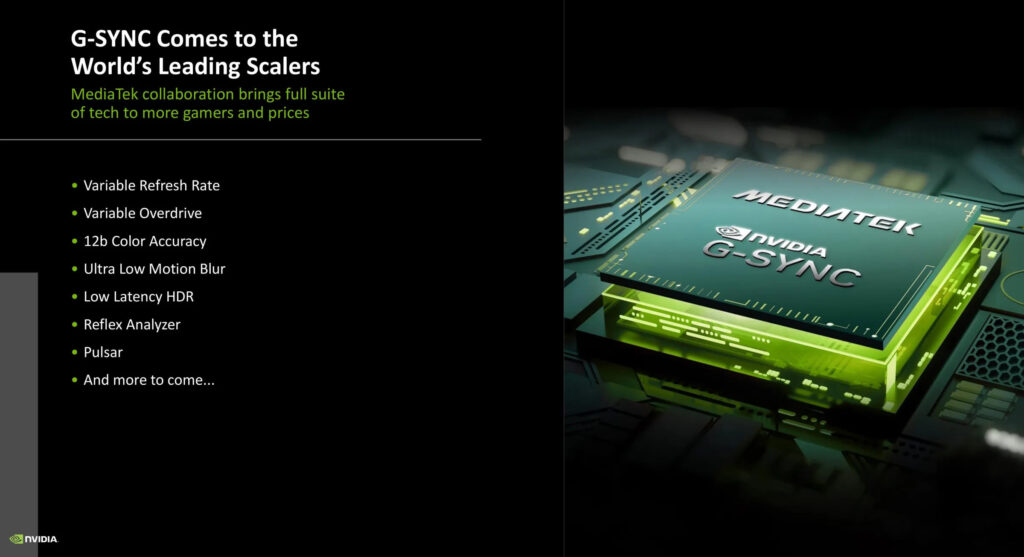Abstract
Immunoglobulin G4-associated disease (IgG4-RD) is a relatively new entity. Since the early 2000s, many different diseases have been understood to have a common pathomechanism as a chronic inflammatory-sclerosing disease complex of autoimmune origin with a wide range of manifestations throughout the body. Currently, there is an established standard in laboratory diagnostics with the determination of serum immunoglobulin G4 (sIgG4) levels, but this is only used in conjunction with other diagnostics, for example according to the HISORt criteria. A laboratory marker that reproducibly shows higher sensitivity and specificity is required, as both timely detection and differentiation from malignant differential diagnoses in particular bring decisive advantages for the patient. Recently, a new marker with such properties was published: the ratio of IgG4 mRNA (messenger ribonucleic acid) to total IgG mRNA measured in mononuclear blood cells using quantitative PCR (qPCR – quantitative polymerase chain reaction). With a sensitivity of 94% and a specificity of 99%, this test achieved significantly better and almost ideal discrimination compared to the sIgG4 level. In the present study, this test was to be validated on an independent second cohort. For this purpose, samples from our own patients with the most common IgG4 RD, autoimmune pancreatitis type 1 (AIP), were tested as positive controls in comparison to those from patients with relevant differential diagnoses. Based on the determined ratios of IgG4 mRNA to total IgG mRNA, the AUC (area under the curve) and the sensitivity and specificity were analyzed using two different cut-off values. The sIgG4 levels in the cohorts were determined for comparison. In order to eliminate possible influences on therapy, mixed cohorts were created with the published data. In addition, our own results were validated using digital droplet PCR. The PCR-based tests in our patient cohort were inferior to the established standard of sIgG4 determination (AUC 0.73 vs. 0.90), whereby the PCR-based procedures using the published cut-off values were particularly conspicuous in terms of the risk of misdiagnosing malignant bile duct tumors as IgG4-RD (false-positive rate of up to 0.68). These statements were additionally validated by the mixed cohorts and the alternative PCR method. In the present study, the test performance of the procedure examined, which had previously been published as very high, cannot be reproduced. Rather, there are indications of an increased risk of misdiagnosing malignant diseases as IgG4-RD. Larger, prospective studies are required for a final assessment. Nevertheless, it is crucial and desirable for the future to continue to search for non-invasive diagnostic options for diagnosing IgG4-RD. In the future, this will make it possible to avoid more operations and biopsies for diagnosis and thus achieve better patient care. A key to this is certainly a better understanding of the etiology and pathogenesis of IgG4-RD.

